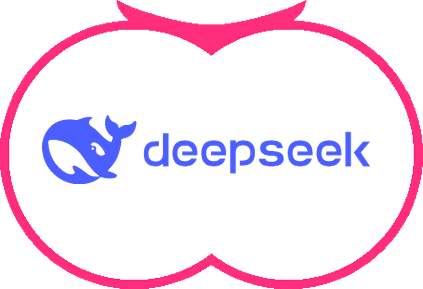DeepSeek: GenAI’s Punctuated Equilibrium?
A special edition of this newsletter with a proposed framework for understanding DeepSeek's recent breakthroughs and its business model impact.
The theory of “punctuated equilibrium,” popularized by evolutionary biologist Stephen Jay Gould, theorizes that long periods of stability are occasionally interrupted by rapid change. It essentially suggests that significant evolutionary leaps happen quickly rather than steadily accumulating over time.
As we witness the aftermath of DeepSeek's recent breakthrough in generative artificial intelligence (“genAI”), this biological principle offers a compelling framework for understanding the seismic shifts in the technology sector.
What just happened?
Chinese entrepreneur Liang Wenfeng founded DeepSeek in 2023. Liang, who studied electronic information engineering at Zhejiang University, co-founded the quantitative hedge fund High-Flyer in 2015, where he applied artificial intelligence to financial trading. Leveraging his expertise in AI and finance, Liang established DeepSeek to advance artificial intelligence research and development.
The company embraced open source and a different approac…
Keep reading with a 7-day free trial
Subscribe to Decoding Discontinuity to keep reading this post and get 7 days of free access to the full post archives.


